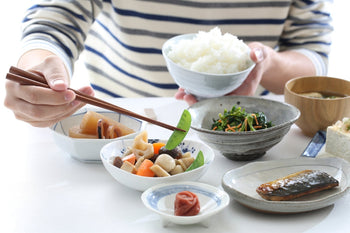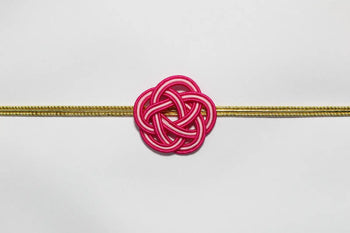

September in Japan is a month steeped in tradition and cultural significance. As the summer heat begins to wane and the first hints of autumn appear, this time of year is closely associated with moon viewing (月見, Tsukimi) and the mythical moon rabbit (月兔, Tsuki no Usagi). In this article, we'll explore the various traditions and customs that define September in Japan, delve into the stories of the moon rabbit, and discuss the foods that are commonly enjoyed during this season.
Moon Viewing (月見)
What Do People Do During Moon Viewing?
Tsukimi, or moon viewing, is an ancient Japanese tradition that celebrates the beauty of the autumn moon, particularly the full moon that appears in September. This custom is believed to have been introduced from China during the Heian period (794-1185), and it has since become an integral part of Japanese culture.
During Tsukimi, people gather with family and friends to appreciate the moon's beauty, often in the comfort of their homes or in serene outdoor settings. Some people may also decorate their homes with pampas grass (すすき, susuki), which symbolizes the harvest and is believed to attract good fortune.

Why Is September the Time for Moon Viewing?
What Do Japanese People Eat During Tsukimi?
The most iconic food associated with Tsukimi is Tsukimi Dango, small, round rice dumplings that are often arranged in a pyramid shape and offered to the moon as a symbol of gratitude for a bountiful harvest. These dumplings are typically plain, but they may also be flavored with sweet bean paste or other fillings.
In addition to dango, people often enjoy seasonal foods such as taro (里芋, satoimo), chestnuts, and persimmons during Tsukimi. Sake is also commonly consumed, as it is believed to purify the soul and strengthen the connection to the gods.

The Moon Rabbit (月兔)
The Origin of the Moon Rabbit Story
Once upon a time, the Man on the Moon, a god of the moon, decided to visit Earth disguised as a beggar. The reason for his decision is unknown, but it is common in Asian folklore for gods and spirits to come to Earth in human form. On this particular evening, a fox, a monkey, and a rabbit came across the beggar, who asked them for food. Feeling sympathy for his hunger, they all decided to help. The monkey climbed a tree to gather some fruit, while the fox went to a stream to catch fish, both offering their finds to the beggar.
The rabbit, on the other hand, realized he had nothing to give. All he could collect was grass, which humans don't eat. Saddened and at a loss, the rabbit thought deeply before coming up with an idea. Knowing that humans enjoy eating meat, he asked the beggar to build a fire. When the fire was ready, the rabbit jumped into the flames, intending to offer himself as food for the starving beggar.
The beggar, shocked by the rabbit's selflessness, revealed his true identity as the Man on the Moon and rescued the rabbit from the fire. As a reward, the god took the rabbit back to the moon. To this day, the rabbit lives on the moon, and if you look at a full moon, you can see the rabbit’s silhouette, forever pounding mochi with a mortar and pestle.

Symbolic Meaning Behind the Moon Rabbit
Modern Interpretations of the Moon Rabbit
Seasonal Foods
Dango
Taro
Other Moon Viewing-Themed Foods





